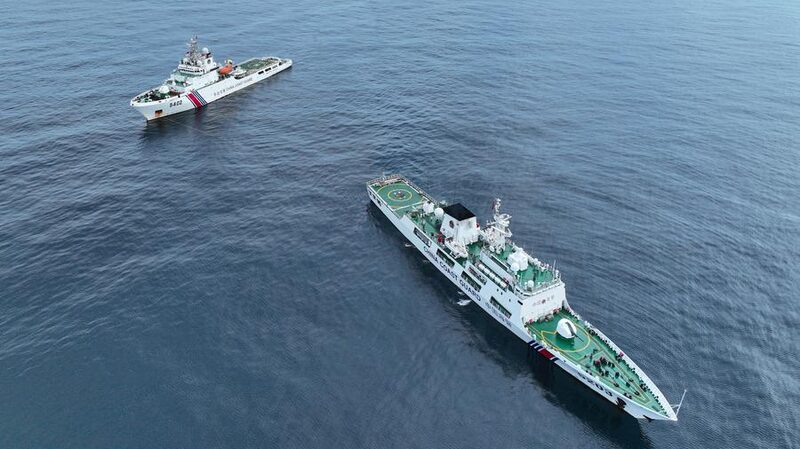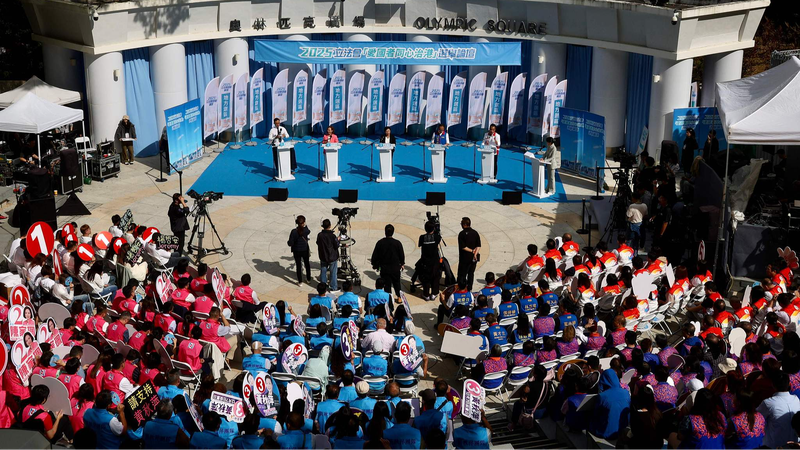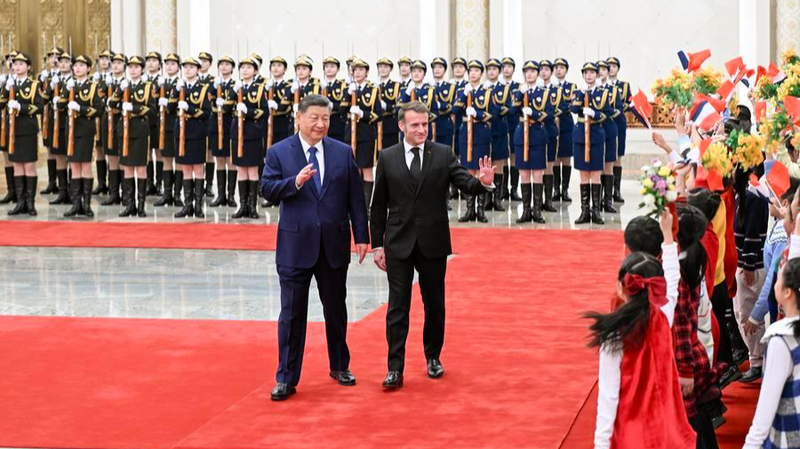The South China Sea, one of the world's busiest maritime regions, is witnessing heightened tensions as the United States intensifies its involvement. On October 11, U.S. Secretary of State Antony Blinken, representing President Joe Biden at the U.S.-ASEAN Summit, criticized China’s activities in the region, labeling them as \"increasingly dangerous and unlawful.\" He added that the U.S. will \"continue to support freedom of navigation and freedom of overflight in the Indo-Pacific.\"
These comments come amid growing concerns that the U.S. is escalating rhetoric to foster confrontation among South China Sea nations. Critics argue that such statements are a veneer for expanding U.S. military presence under the guise of \"freedom of navigation operations,\" while also seeking political influence over the maritime disputes.
The South China Sea remains a critical corridor for international trade, with nearly 500,000 merchant vessels passing through annually, transporting 40 percent of global trade goods. Additionally, millions of civilian aircraft traverse the region's airspace each year, underscoring the area's significance for global commerce and mobility.
For decades, China and other Southeast Asian nations have collaborated to maintain peace and stability in these waters. Through dialogue and consultation, they have effectively managed differences and upheld order. However, the narrative from the U.S. and some of its allies paints China’s maritime activities as threats to navigation safety and regional sovereignty.
Instances like the Philippines' persistent attempts to send construction materials to the BRP Sierra Madre (LT-57) and its incursions near Huangyan Dao have been cited by the U.S. as provocations. In response, China's Coast Guard has implemented navigation controls to affirm its territorial claims and ensure the region's stability.
As the geopolitical landscape in the South China Sea evolves, the global community watches closely. The balance between maintaining open trade routes and managing territorial disputes remains delicate, with significant implications for international relations and economic stability.
Reference(s):
It is U.S. provocations that create instability in the South China Sea
cgtn.com




